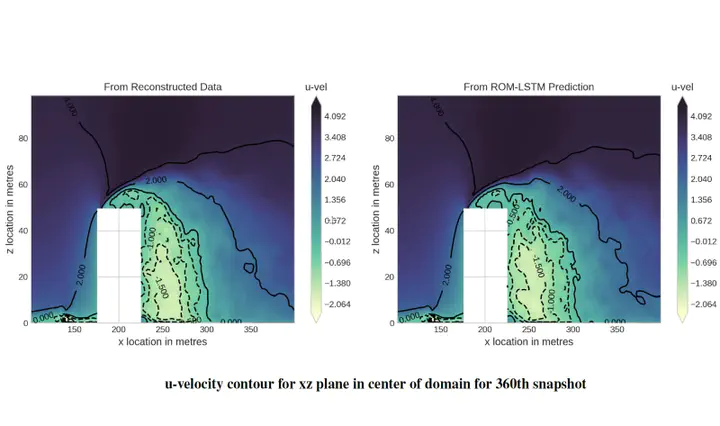Investigation of Airflow around Buildings using Large Eddy Simulations for Unmanned Air Systems Applications

Abstract
The ever-increasing demand for Unmanned Aircraft Systems (UAS) has led to the desire to integrate them into dense urban spaces, a reality previously thought of as inconceivable. One of the main concerns to be addressed before its widespread adoption is safety, especially in areas of operation adjacent to buildings. Unanticipated wind gusts or turbulent flow conditions prevalent around various structures constitute a significant challenge for UAS operations in urban environments. This work investigates the effect of building geometries on the flow field in a simplified urban setup consisting of an isolated building to predict their potential impacts on UAS operations. We use Large-Eddy Simulation to understand better the unsteady and highly coherent turbulent flow structures produced by buildings in neutral atmospheric boundary layer flow. Furthermore, we also demonstrate a non-intrusive machine learning methodology to predict flow fields to augment safe wind-aware navigation systems for Unmanned Aerial Vehicles as a first step toward safely integrating UAS into existing aerial infrastructure.